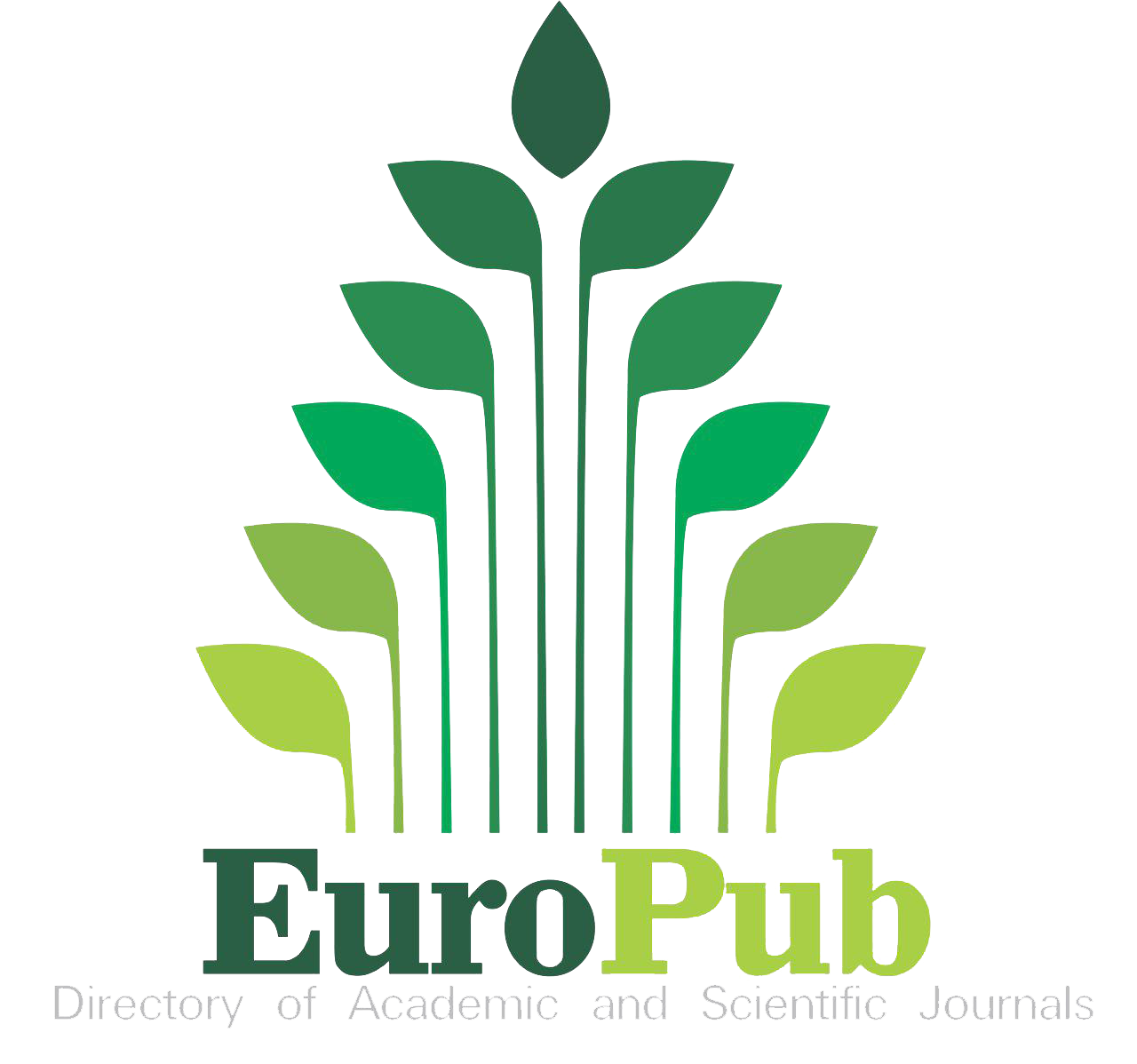REMOVAL OF HELMINTH PARASITIC EGGS FROM WASTE STABILIZATION PONDS AT SHIMOGA
Keywords:
Sewage,, Detention time., Helminth ova, ponds,, StabilizationAbstract
Helminth ova removal rates from waste stabilization pond effluents under tropical conditions of
Shimoga using both laboratory and field modal ponds was undertaken. The helminthes were removed
to the tune of 100% from laboratory model batch system ponds within 15 days of detention time
and it was only 65% in case of laboratory model continuos flow system ponds. The observation in
field model ponds revealed an average 90% removal with 10 days retention time. A 100% removal
can not be expected both in continuous flow system laboratory model and field pond systems as
these receive daily fresh load of helminth eggs through influent sewage. The helminth ova are usally
removed from waste stabilization ponds systems through sedimentation process. It is because the
helminth eggs attached to the suspended solids and when these solids settle to the bottom, the eggs
are also removed from pelagic water. In the present study eggs of 4 helminth species viz. Ascaris
lumbricoides, Hymenolepis diminuta, Hymenolepis nana and Enterobius vermicularis were
encountered. Their rate of ova removal in batch system ponds was 99%, 97.4%, 94.9% and 98.8%
for respective species. Presence of these ova in the sewage water indicates the prevalence of infection
in city population.

















